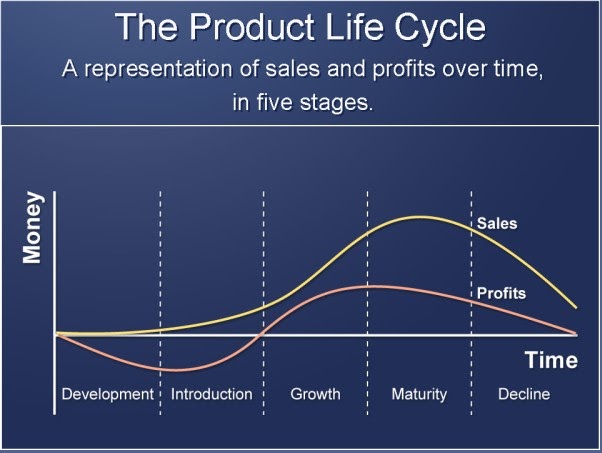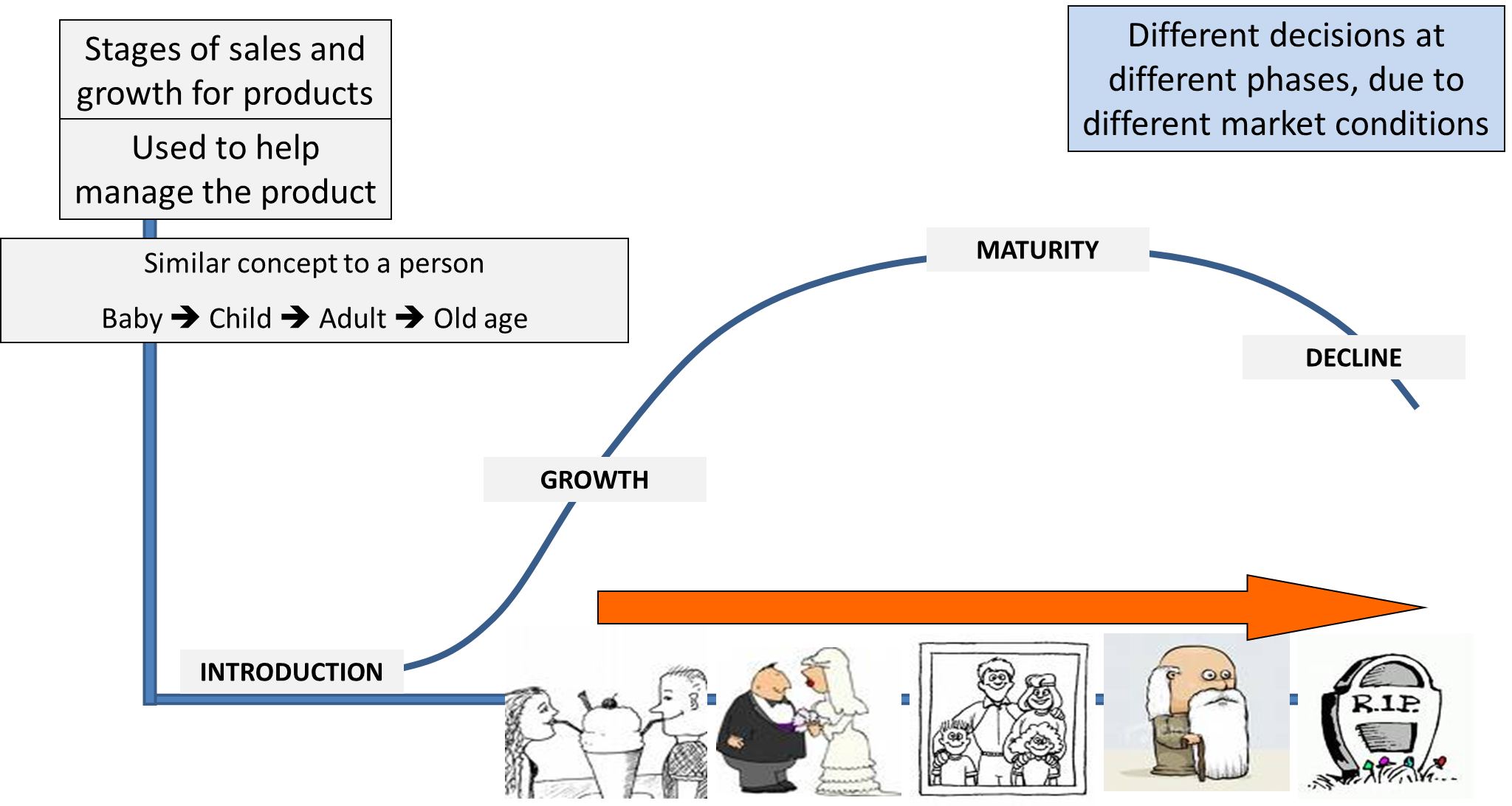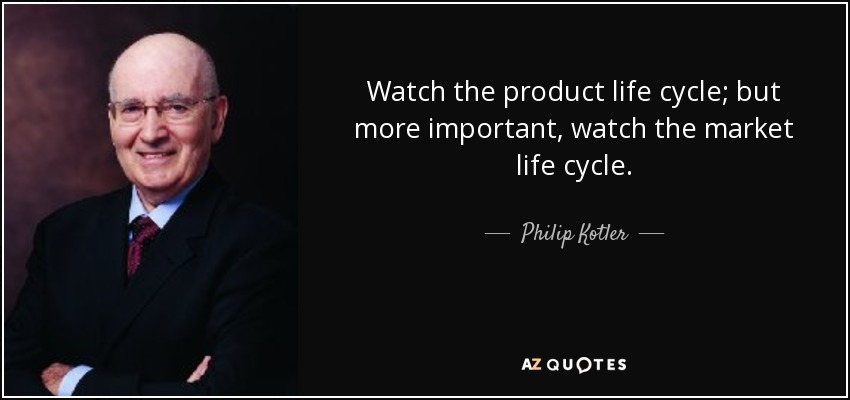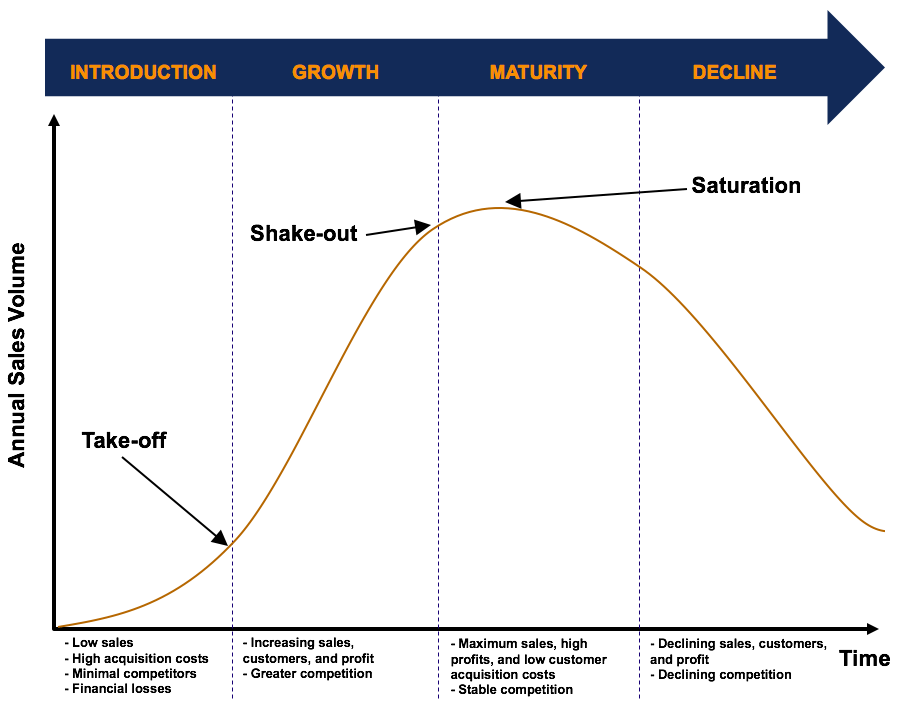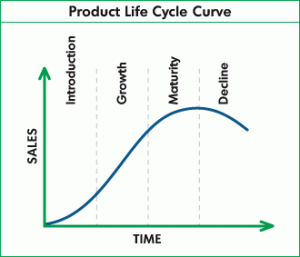The product life cycle is an important concept in business that describes the stages a product goes through from its development to its removal from the market. Understanding the product life cycle can help a business make strategic decisions about the product and allocate resources appropriately.
There are four main stages in the product life cycle: development, introduction, growth, and decline.
During the development stage, a business is investing in research and development to create a new product. This stage can be costly and risky, as there is no guarantee that the product will be successful. However, if the product is successful, it can lead to significant profits for the business.
The introduction stage is when the product is first launched and made available to the market. This stage is often characterized by slow sales as the product is unknown and needs to be introduced to potential customers. Marketing efforts during this stage are crucial in order to create awareness and interest in the product.
If the product is successful during the introduction stage, it will enter the growth stage. Sales of the product will increase rapidly as it becomes more popular and gains market share. This is a time of high profits for the business as demand for the product is strong.
Eventually, the product will reach the decline stage, when sales begin to slow down and eventually decline. This can be due to a number of factors, such as the introduction of new competitors or changes in consumer preferences. At this point, a business may choose to discontinue the product or to reinvent it in order to revitalize sales.
Understanding the product life cycle is important for a business because it helps the business allocate resources appropriately at each stage. For example, during the development stage, a business will need to invest in research and development in order to bring the product to market. During the introduction stage, the business will need to focus on marketing in order to create awareness and interest in the product. In the growth stage, the business will need to ramp up production in order to meet the increasing demand for the product. And during the decline stage, the business may need to consider discontinuing the product or finding ways to revitalize sales.
In conclusion, the product life cycle is an important concept for businesses to understand as it helps them make strategic decisions about their products and allocate resources appropriately. By understanding the different stages a product goes through, a business can maximize its profits and minimize its risks.
